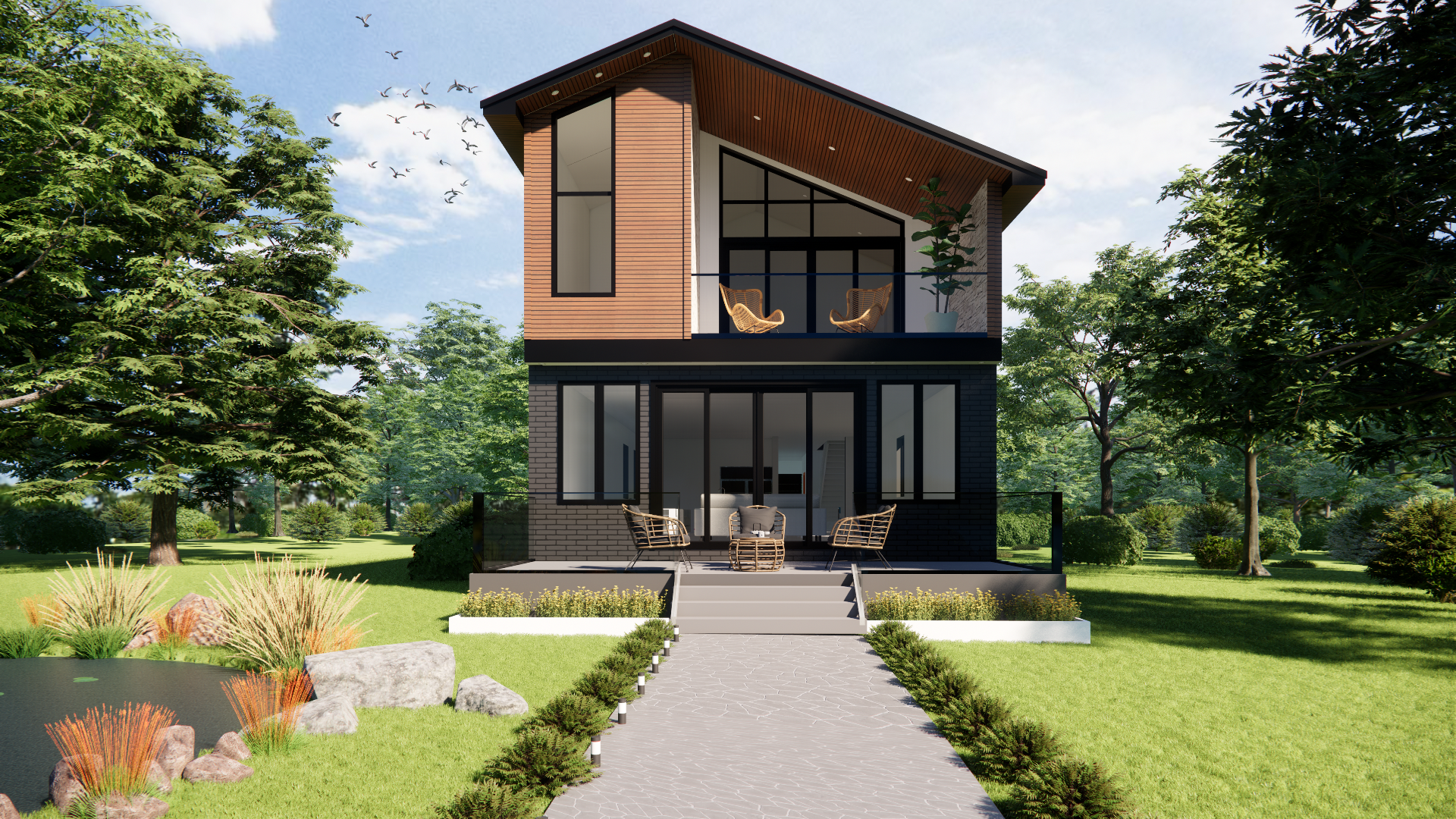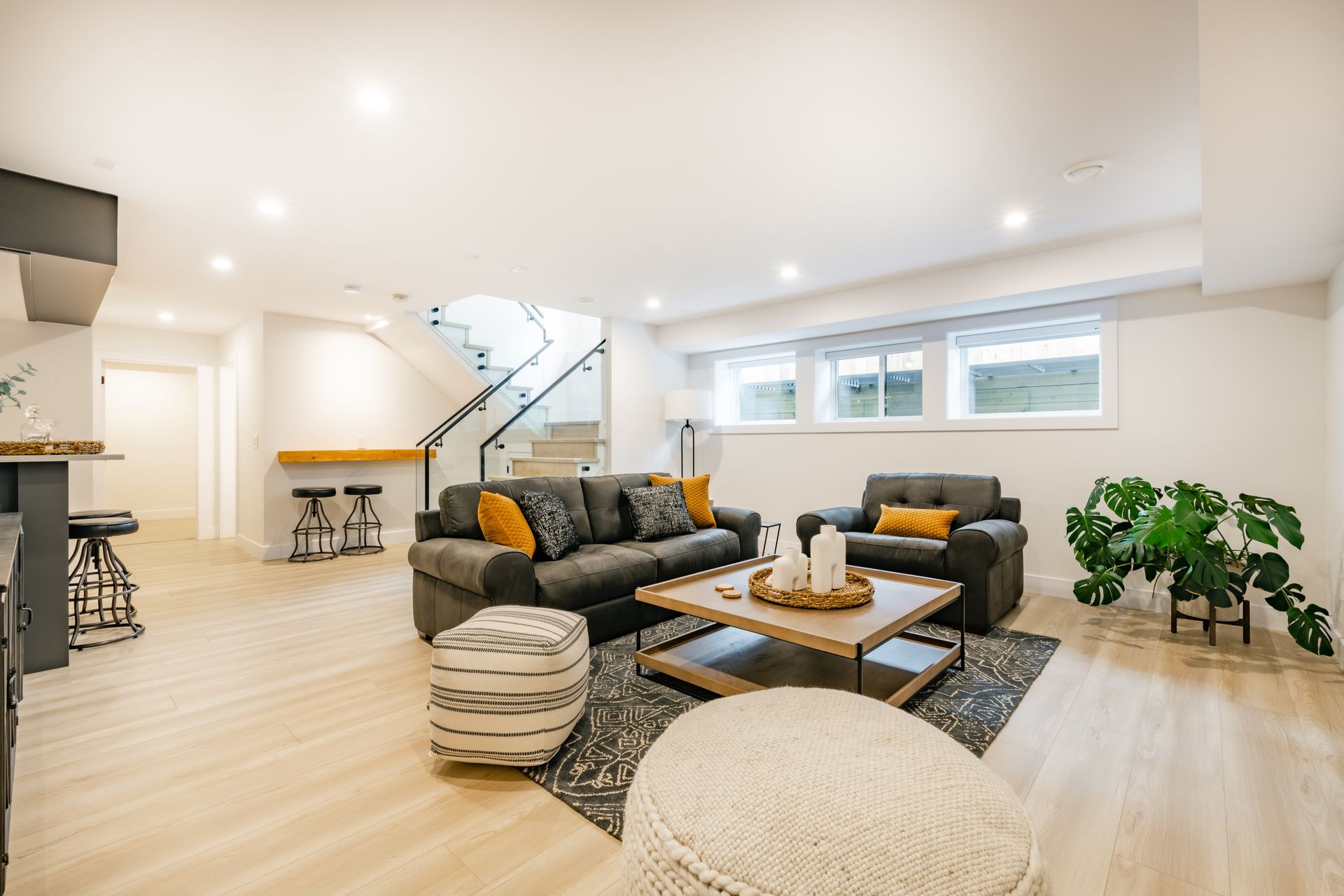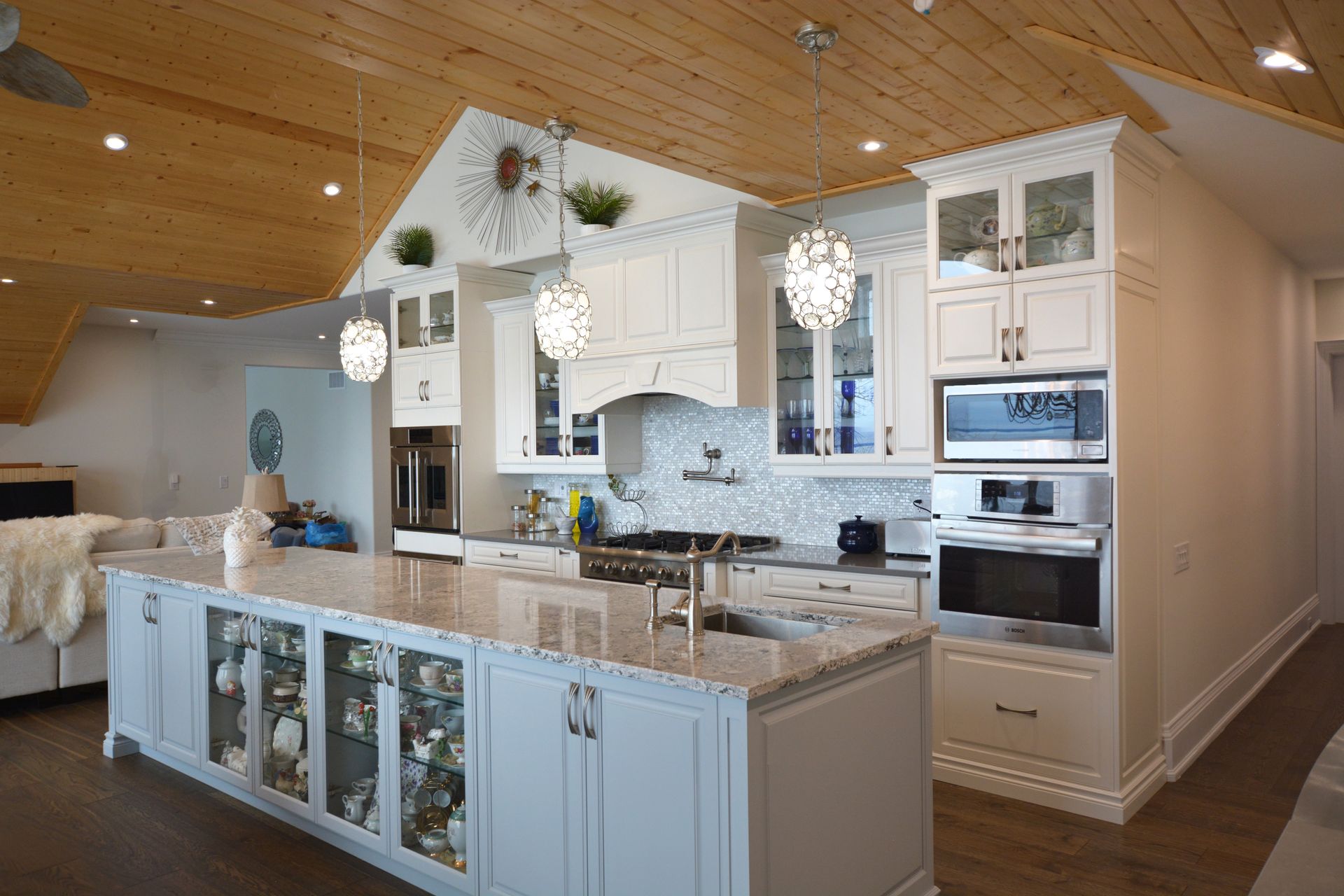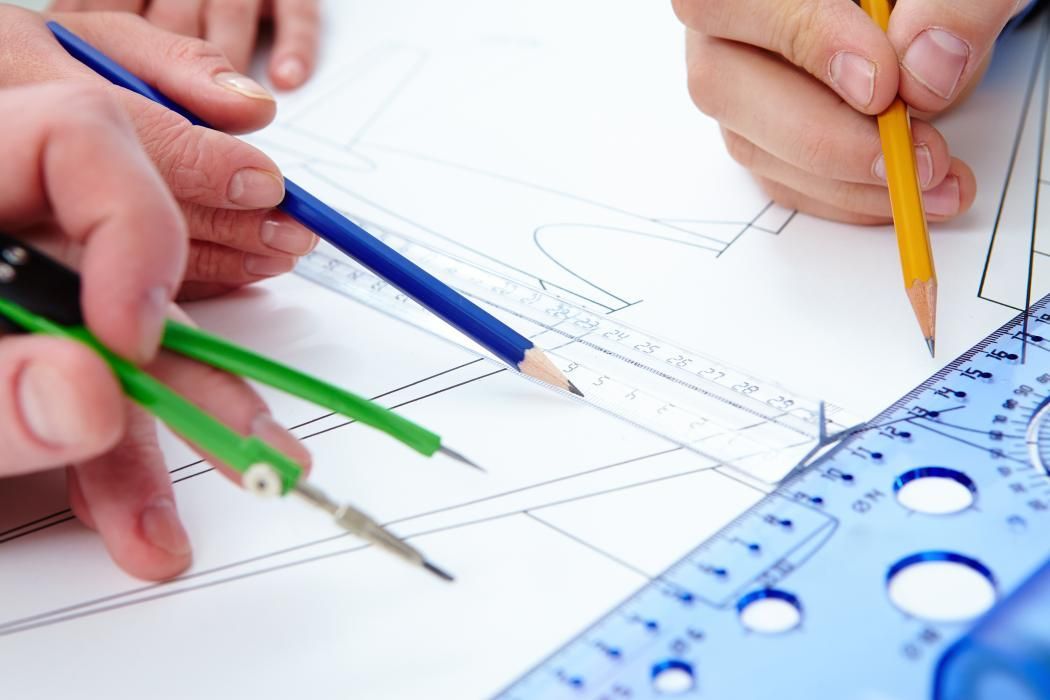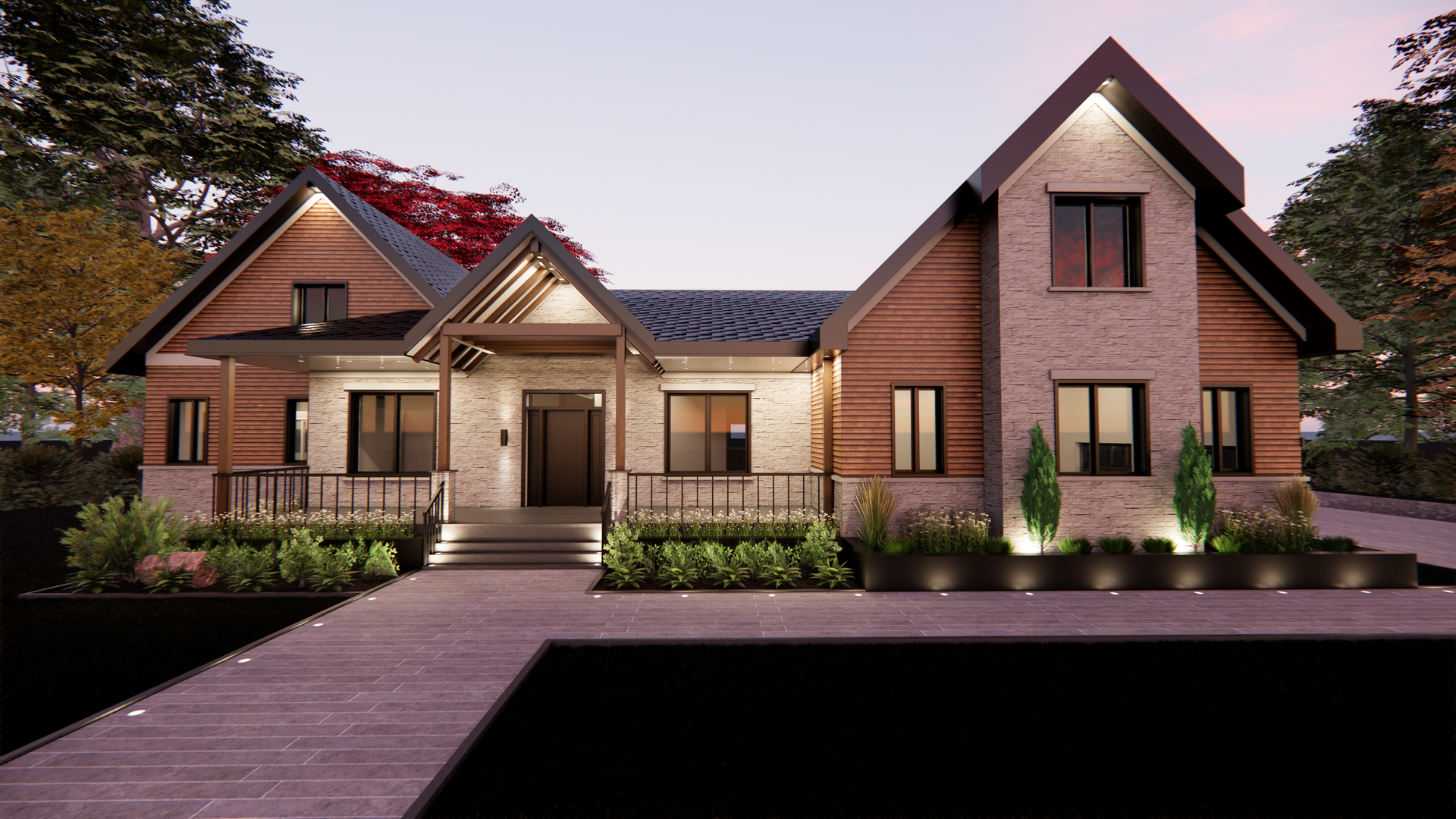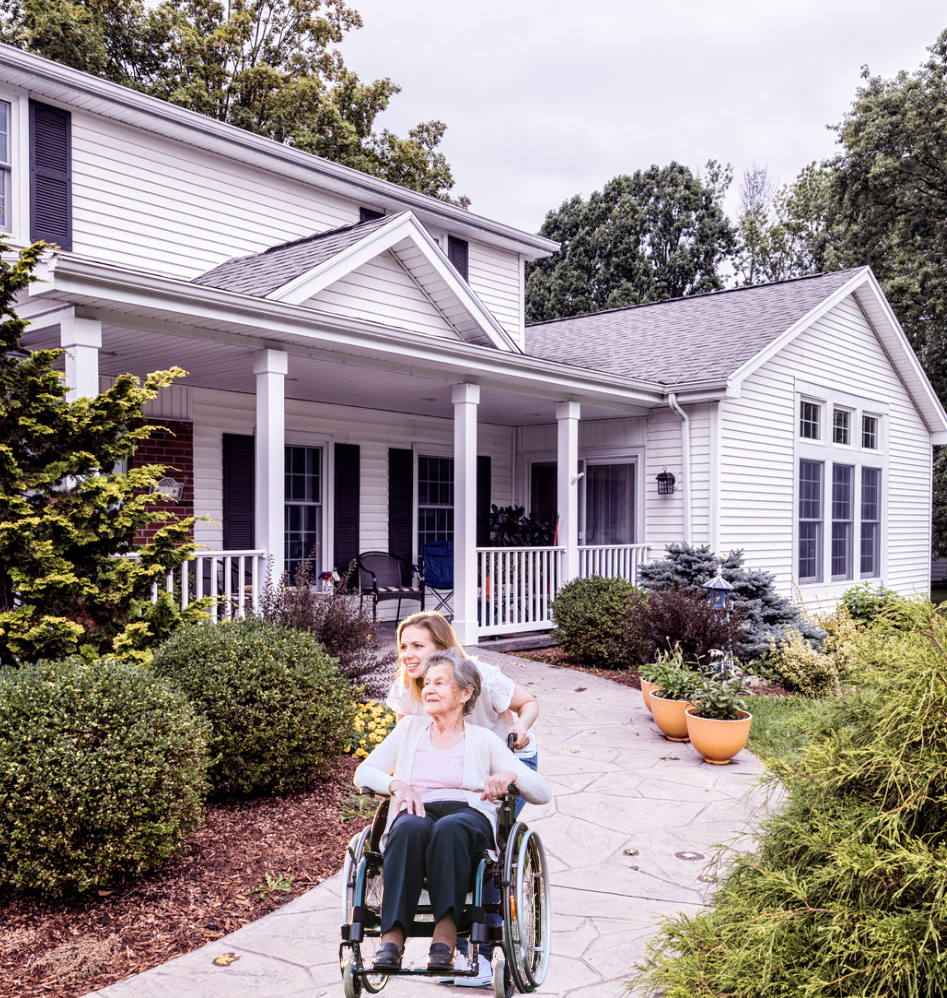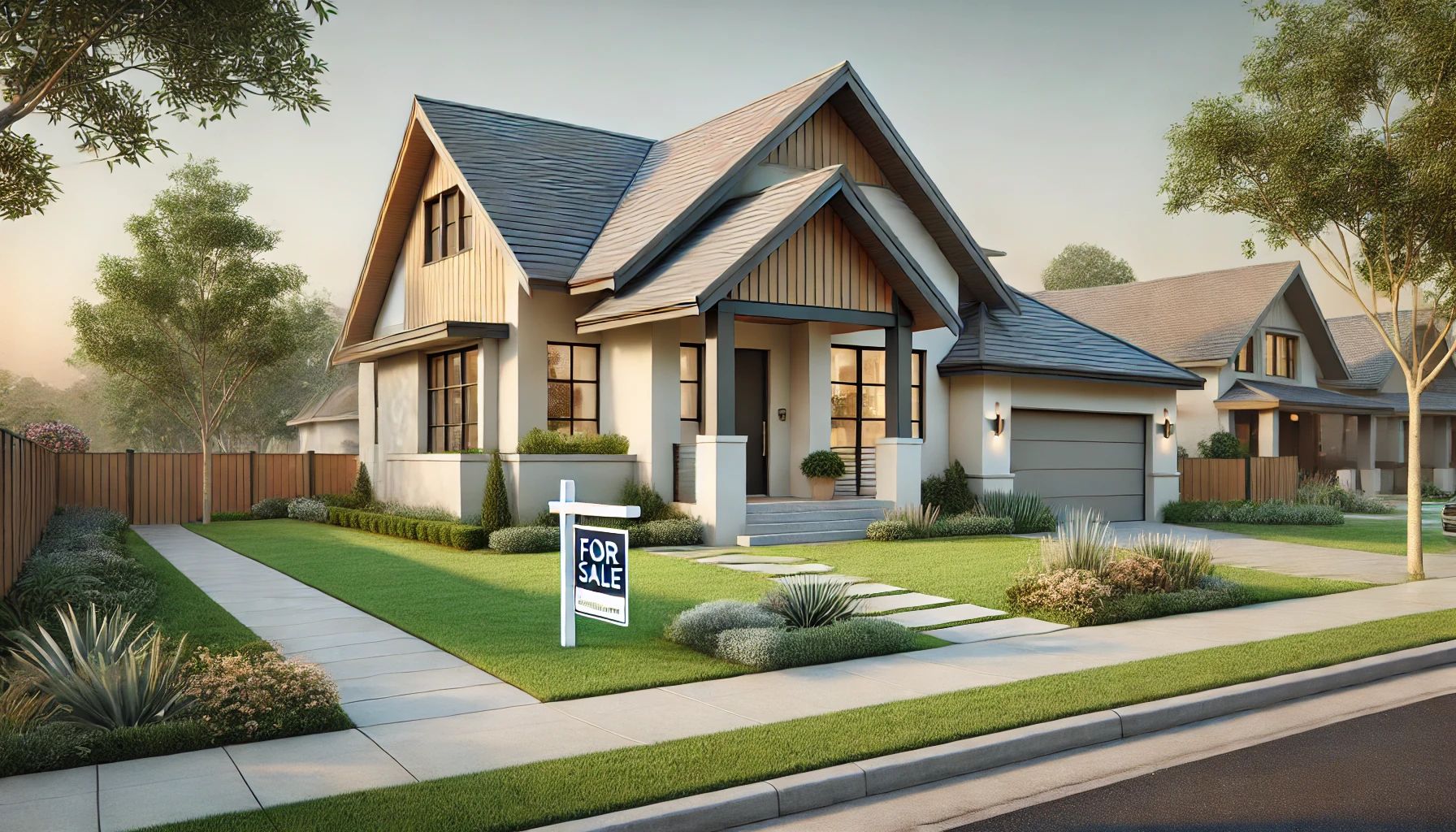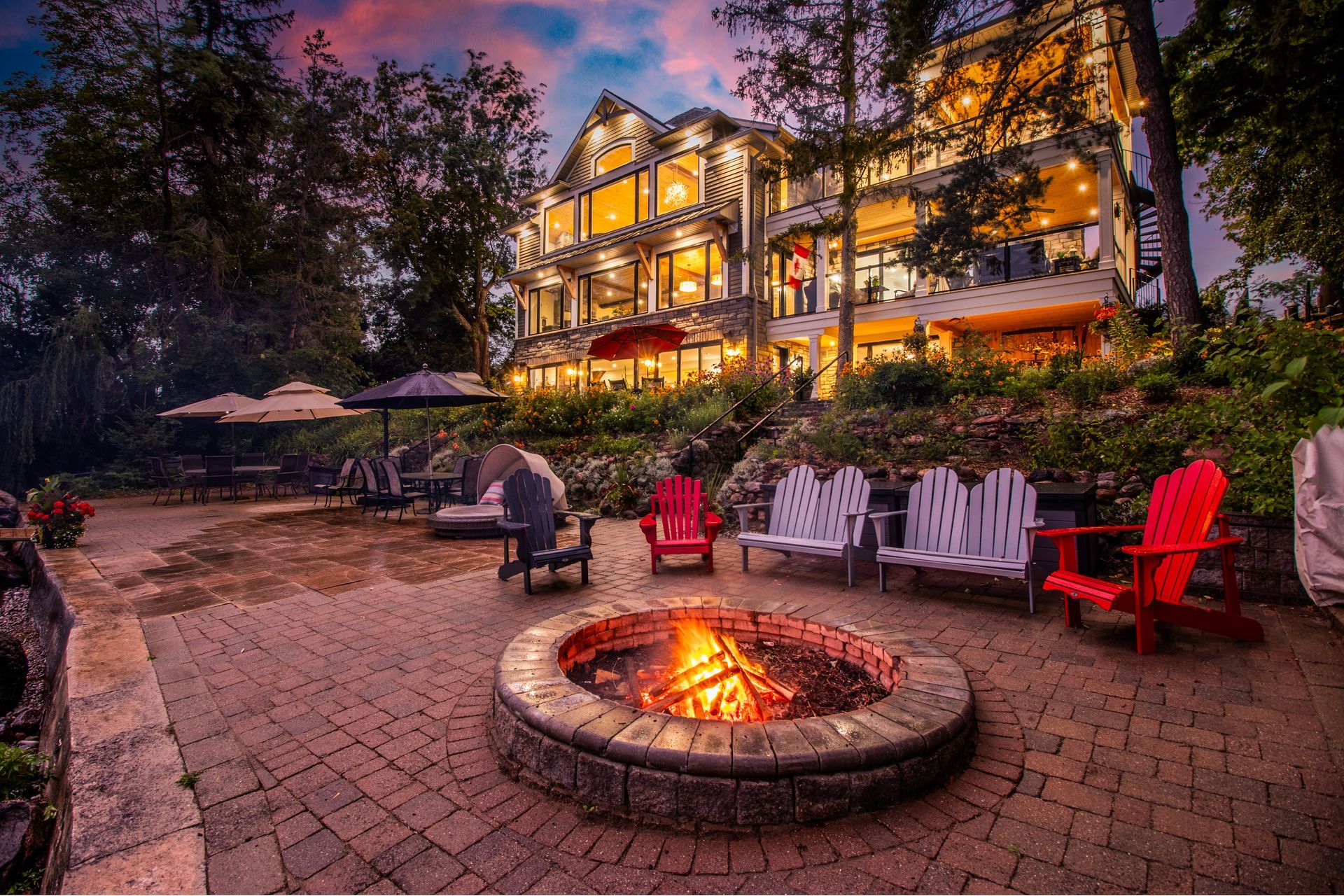Embrace Sustainability: Transform Your Home with Eco-Friendly Design
Sustainability in residential design is more than just a trend—it's a commitment to preserving our environment while creating healthier, more efficient living spaces. If you're a homeowner looking to incorporate sustainable features into your home, you're in the right place. This guide will walk you through practical and impactful ways to make your home more eco-friendly.
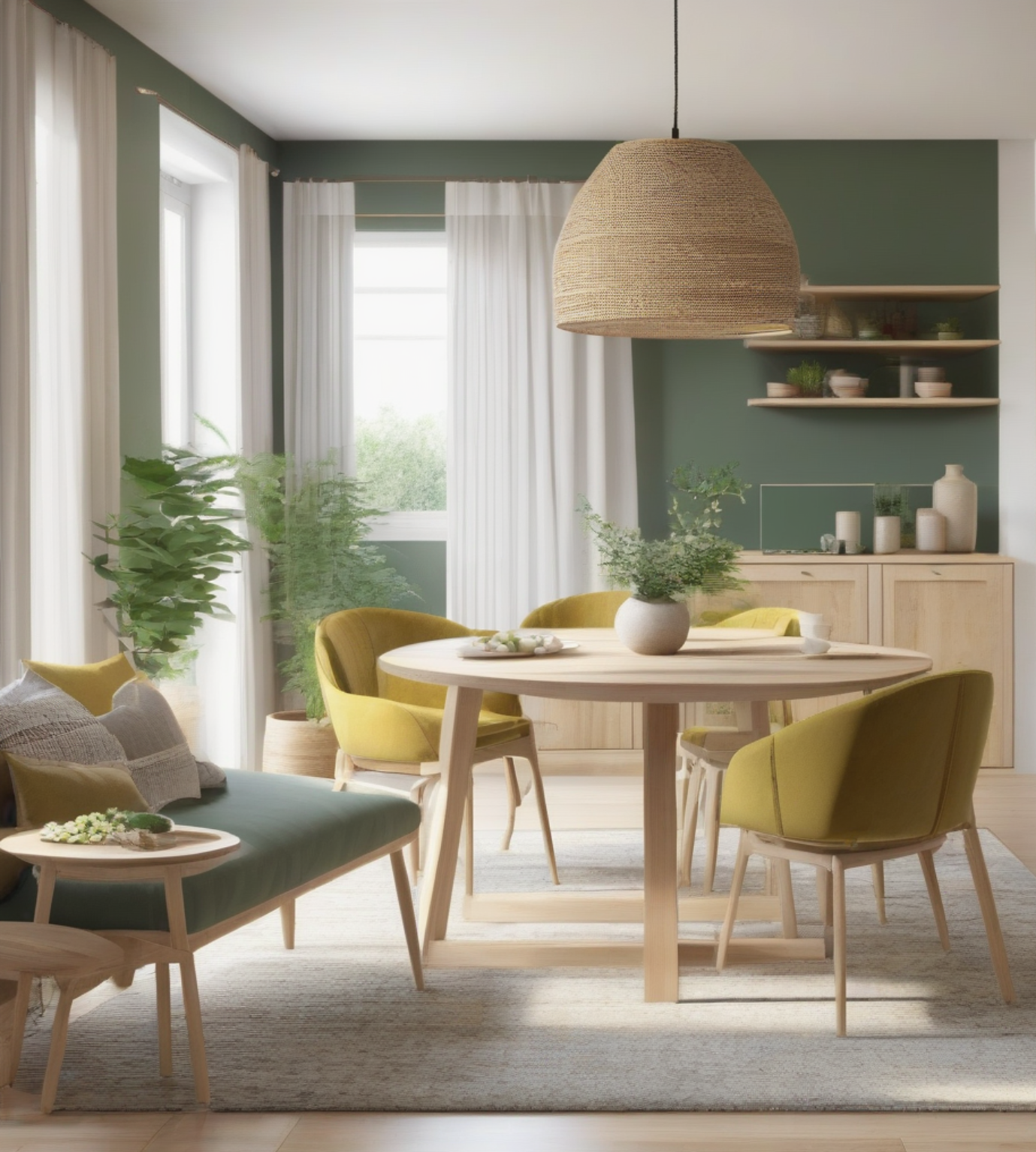
1. Energy Efficiency: The Power of Green Technology
One of the most significant ways to make your home sustainable is by improving its energy efficiency. Here are some key areas to focus on:
- Solar Panels: Utilize solar power to generate electricity for your home. This renewable energy source can significantly decrease your energy expenses and reduce your carbon footprint.
- Energy-Efficient Appliances: Upgrade to Energy Star-rated appliances that use less electricity and water, thereby lowering utility bills and conserving resources.
- Smart Thermostats: These devices can adapt to your schedule, optimizing heating and cooling to minimize energy waste and save on energy costs.
2. Sustainable Materials: Choose Eco-Friendly Options
Building or renovating your home with sustainable materials can have a long-lasting positive impact on the environment.
- Recycled and Reclaimed Materials: Use reclaimed wood, recycled metal, and other salvaged materials to reduce waste and add unique character to your home.
- Bamboo and Cork: These fast-growing, renewable resources are excellent alternatives to traditional hardwoods for flooring and furniture.
- Low-VOC Paints: Volatile organic compounds (VOCs) can be harmful to indoor air quality. Opt for low-VOC or VOC-free paints to keep your home's air clean and safe.
3. Water Conservation: Smart Solutions for Every Home
Water is a precious resource, and there are numerous ways to use it more wisely at home.
- Low-Flow Fixtures: Install low-flow showerheads, faucets, and toilets to reduce water consumption without sacrificing performance.
- Rainwater Harvesting Systems: Collect and store rainwater for irrigation and other non-potable uses. This can significantly cut down on your household water usage
- Drought-Resistant Landscaping: Choose native plants and drought-resistant species for your garden. These plants require less water and are better suited to your local climate.
4. Insulation and Windows: Keeping Comfort In and Energy Out
Proper insulation and high-quality windows are crucial for maintaining a comfortable indoor environment and reducing energy usage.
- Insulation: Ensure your home is well-insulated to keep it warm in the winter and cool in the summer. Consider eco-friendly insulation materials like recycled denim or cellulose
- Energy-Efficient Windows: Double or triple-glazed windows provide better insulation, reduce energy loss, and can help lower your heating and cooling costs.
5. Smart Home Technology: Automate for Efficiency
Incorporating smart home technology can help you manage energy consumption more effectively.
- Lighting Controls: Use smart lighting systems that allow you to control lights remotely, set schedules, and even adjust brightness automatically based on natural light levels.
- Home Energy Monitors: These devices provide real-time feedback on your energy use, helping you identify areas where you can save
6. Indoor Air Quality: Breathe Easier with Sustainable Choices
Maintaining good indoor air quality is essential for a healthy home environment.
- Houseplants: Plants like spider plants, snake plants, and peace lilies can help purify the air and add a touch of nature to your home.
- Ventilation: Ensure your home has adequate ventilation to reduce indoor pollutants. Consider energy recovery ventilators (ERVs) to maintain air quality without losing energy
Blog

